Overview
In an age of shortening attention spans, we all need to be able to get our message across quickly and efficiently. This business writing skills training course is designed to help participants do just that – with clarity, confidence, and impact.
learning objectives
- Write clear, concise and well-structured business messages
- Use the right tone for emails, updates, and reports
- Organise ideas quickly and present them logically
- Avoid common grammar and style errors in professional writing
- Edit and proofread efficiently before sending or sharing
Expert trainer
Graham specialises in providing high-quality consultancy, coaching and training personal productivity, sales and business development, and customer service.
Session outline
1. Planning before writing – purpose, reader, message
- What is effective business writing, and why does it matter?
- Follow a four-step process for effective business writing
- Identify the goal of your message and the action you want
- Structure content around the message, not the background
- Tool: One-minute writing planner
2. Clear, concise, and structured writing
- Use short sentences and active voice
- Eliminate filler words and jargon
- Structure messages with clarity: purpose first, detail later
- Practical task: Rewrite a rambling paragraph
3. Tone and professional style
- Choose a tone that matches the audience and context
- Avoid sounding blunt, passive-aggressive, or over-polite
- Tips for writing to managers, clients, and colleagues
- Exercise: Spot and fix tone issues in example emails
4. Writing better emails, notes, and messages
- Subject lines, headers, bullets, and white space
- How to write status updates, requests, and responses quickly
- Avoid long email chains with better structure and clarity
- Templates: Request, reply, and follow-up
5. Reports, summaries, and formal documents
- Planning longer documents quickly, using the inverted pyramid
- Writing strong introductions, summaries, and conclusions
- Formatting for scan reading: headings, bullets, bold text
- Quick tips: How to avoid common structure errors
6. Reviewing, editing, and final checks
- Edit for clarity, consistency, and flow
- Common business grammar errors and how to avoid them
- Quick proofreading checklist before hitting send
- Using AI tools (eg, ChatGPT) to check and improve drafts









